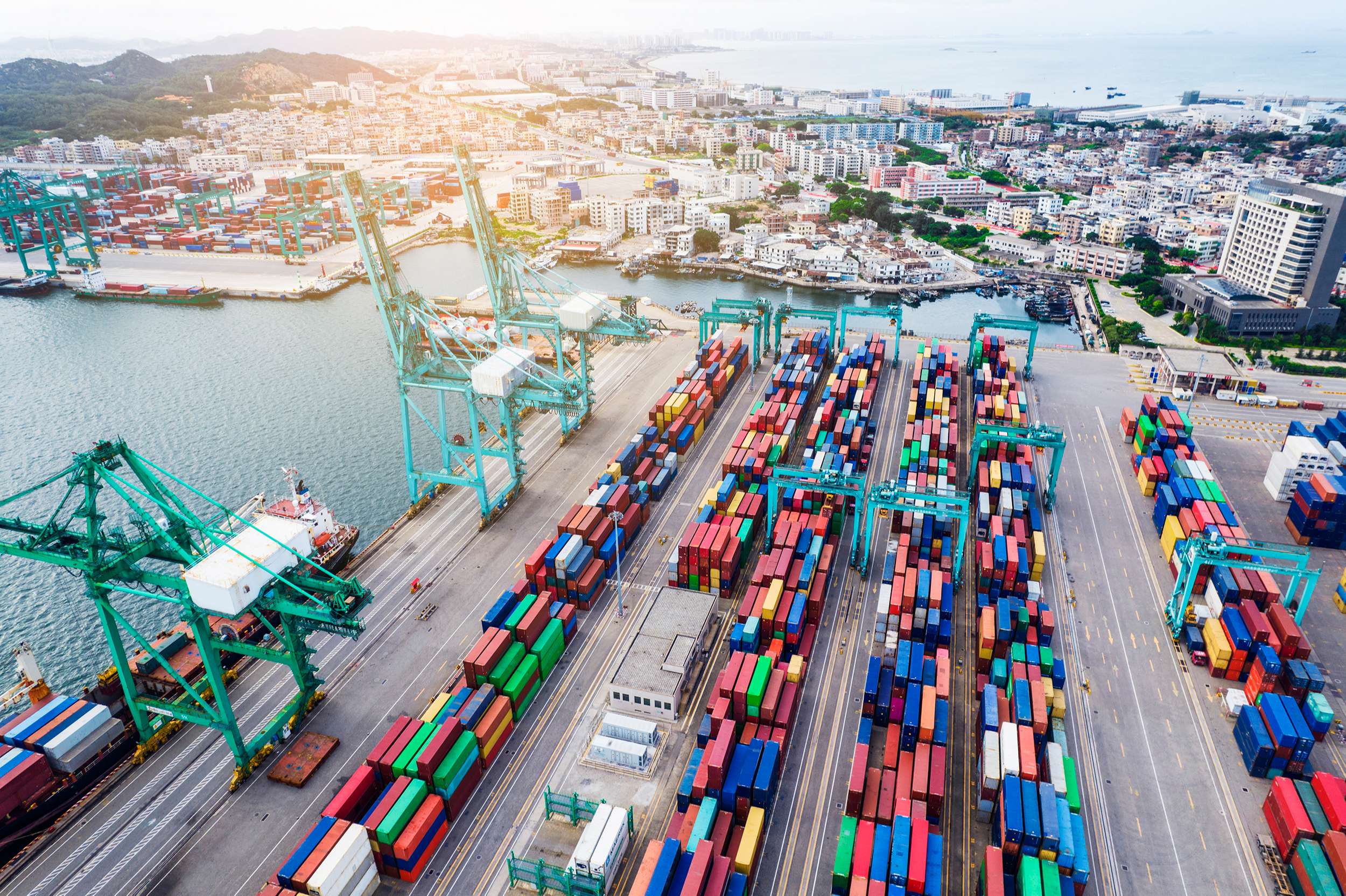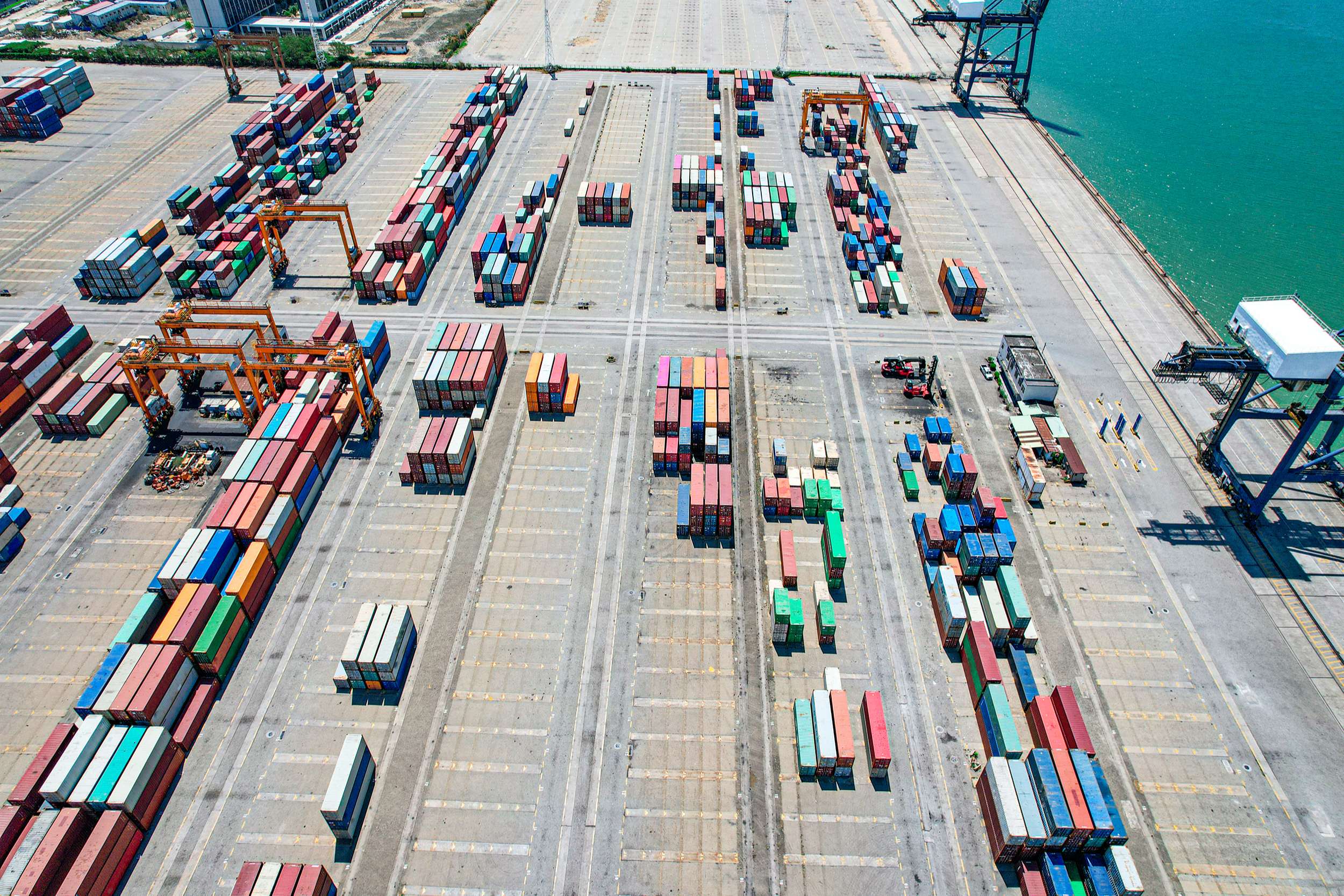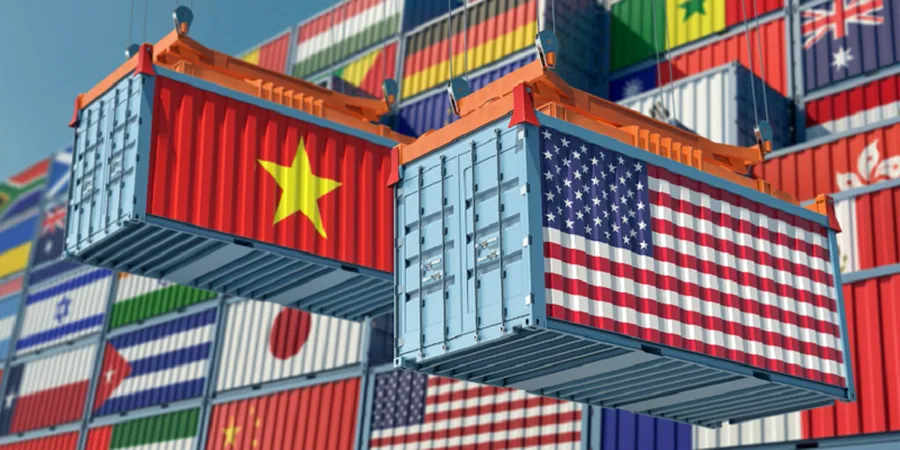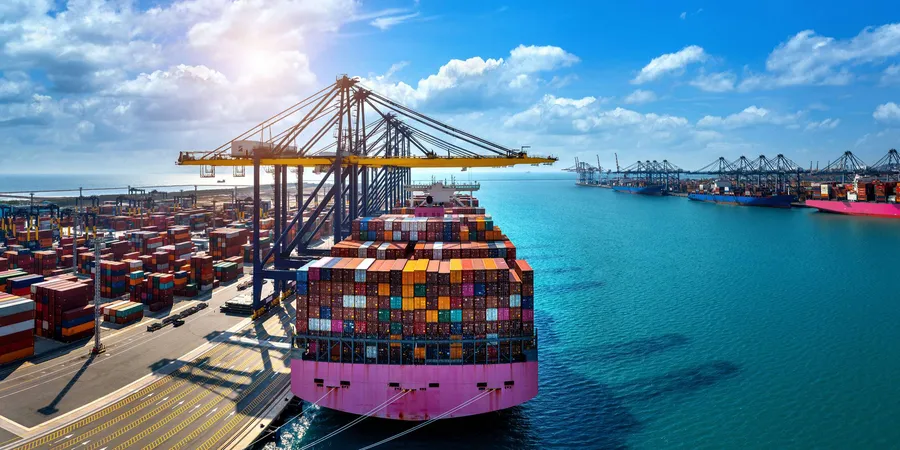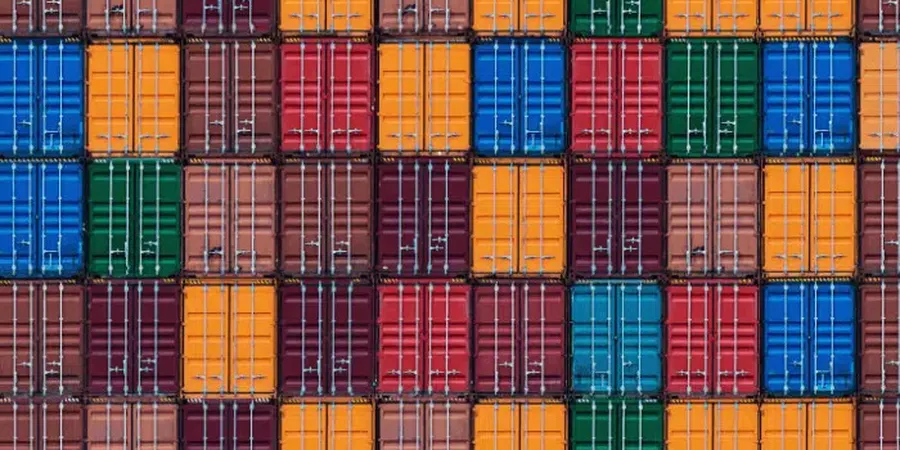What is Integrated Logistics Management?
The logistics industry consists of several key players who ensure the smooth flow of raw materials, components, and finished goods.
Manufacturing plants take raw materials or components from suppliers. Such plants then move the finished products to distributors or the retail market for sale to the end-user.
Facilitating this move are the transporters, the forwarding and clearing agents, and various other players such as banks and government agencies.
To place things into perspective, let us take a look at some figures from the World Trade Organization (WTO).
US dollar 17.6 trillion worth of merchandise was traded in 2020. This is approximately 1.4 trillion less than the figures of 2019! The scale of logistics that would have gone into moving this merchandise between buyer and seller is only to be imagined!
Modern days logistics operations generally consist of the following departments:
- Purchasing
- Transport and customs clearing
- Storage and inventory handling (warehousing)
- Distribution and reverse logistics
- Information and quality systems
This forms the supply chain that is the backbone of most businesses in the world. Overall, it is critical to balance inventory and customer demands.
Earlier, most organizations viewed each of these activities as stand-alone operations. Procurement, manufacturing, transport, customs clearance, storage, processing, and forwarding departments worked as silos.
Quite often, several disconnects between the functioning of the separate departments led to chaos and breakdown of operations. There was economic loss as well as loss in time efficiency.
Soon enough, with burgeoning world trade and innovations in the methods of doing business, this scenario changed. Developments on the technical and software fronts helped bring about cooperation between departments.
Integrated logistics management was a direct outcome in which all the logistics departments that earlier operated as silos were brought together as a seamless function. It helped stakeholders achieve efficiencies in time as well as cost. Logistics infrastructure and personnel could be put to optimum use.
Integrated logistics management systems worked as the catalyst to achieve efficiencies in logistics operations and maximize the profits of organizations.
An integrated logistics supplier is in charge of the entire supply chain for its customer.
Integrated logistics management brings together the different internal functions of the organization, aligns, and melds them with those of its suppliers and other service providers such as a transporter or a clearing and forwarding agent.
Coordination is key to integrated logistics management. It brings together the various departments within an organization, their processes, and resources. Though they continue to function as separate operations, these departments are aligned for smooth operation as a single, flexible, large unit. There is better collaboration between departments and more visibility of data.
The COVID-19 pandemic has only reinforced the need for organizations to be able to quickly scale down their business or scale it up as required by the market.
Organizations that have integrated logistics management systems are better equipped to meet such contingencies as their various departments operate with maximum collaboration and are in a better position to anticipate fluctuating demands.
Most logistics organizations have adopted the integrated logistics management model to optimize their operations, eliminate wastes, speed up customer response time, and maximize profits.
The Main Objectives of Integrated Logistics Management
What are the main objectives of integrated logistics management? While organizations may adopt this model to achieve several objectives, the main ones may be listed as follows:
- Increased efficiencies in operations
- Increased efficiency in inventory management
- Increased customer fulfilment
- Reduction in operational costs
- Maximization of profit
Increased Efficiencies in Operations
Operational efficiencies of logistics organizations are optimized when the different departments within them share their performance data on a real-time basis.
Assets can be utilized in the best possible manner, without having to invest in additional capital. Integration of the different activities performed by logistics departments offers visibility of the operation as a whole to the key players as well as the management of the organization.
Processes can be streamlined to suit the operations better and decision-making is made easier based on solid facts and figures. Complex problems can be sorted out through integration and collaboration between departments.
Increased Efficiency in Inventory Management
Inventory management is another area that stands to benefit by bringing the different operations together. The processes of purchase ordering, transport, clearance, inbound delivery, storage, outbound delivery to customers, and reverse logistics are all interrelated and can be integrated to manage an organization’s inventory and inventory handling better.
Real-time information helps an organization’s management to take well-balanced and timely decisions and to implement them. Optimizing the warehouse layout based on anticipated receipts and delivery patterns and deciding on the best picking strategies is an example of what can be achieved through integrated logistics management.
This can, in turn, help the organization’s customers reduce their investment in infrastructure and maintenance thereby resulting in increased cost savings.
Increased Customer Fulfillment
Typically, customer fulfillment results from meeting the expectations of the customer. Anticipating the customer’s requirements in terms of purchase from the supplier, transport, customs clearance and storage, delivery, equipment, and reverse logistics is key to customer fulfillment.
Accurate and real-time data helps customers in planning. It helps them anticipate demands and see the purchasing patterns of their customers. Modern integrated logistics management systems can provide customers access to this reliable and real-time data.
Reduction in Operational Costs and Maximization of Profit
Streamlined processes on account of the integration of operations result in savings on labor, equipment, storage space, reduction of waste, and most importantly, customer satisfaction. These efficiencies translate into savings.
The net result may be summed up as increased profit margins to the organization on account of the reduced operational costs and increased customer satisfaction.
The customer also benefits by way of not having to invest in large infrastructure to handle their inventory. Reduced operational costs of a logistics organization are often passed on to their customers by way of reduced rates.
Leading logistics companies make use of integrated management systems to augment their experience and quality of services. Customers thus get the benefit of professional, end-to-end logistics to meet their goals.
Integrated logistics management systems bring about transparency in doing business, clear visibility of data, and ease of communicating between professional logistics service providers and their customers.
Source: Marine Insight


